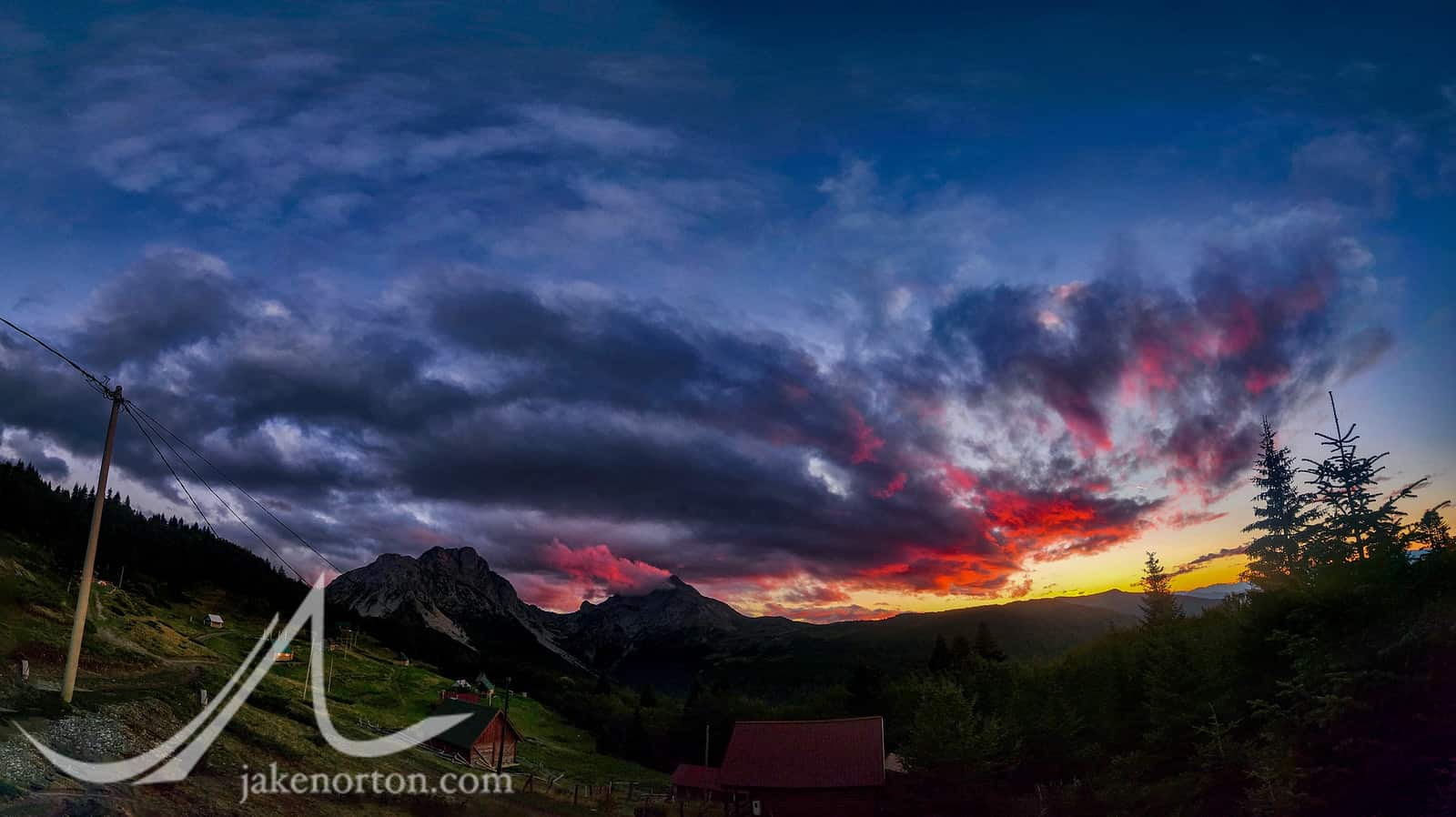
As I sit in a conference room in Aspen, Colorado, I find my mind drifting. Drifting not from boredom, not from disinterest - quite the opposite. It is the subject matter, the passion, the enthusiasm filling the room that conjures thoughts and memories of where I was a week ago, high in the Dinaric Alps of Montenegro.
Today - World Tourism Day - I sit listening to dynamic speakers at the Sixth Global Meeting of the Mountain Partnership speaking about the myriad issues facing our mountain realms...and the myriad solutions at our collective disposal. From Kyrgyzstan to Colorado, Uganda to Uzbekistan, Argentina to Andorra, hundreds have gathered here in Aspen to reinvigorate collective energy to support, protect, and defend mountains, to cooperate and collaborate, build bridges, and create change, and to focus on this year’s UN theme: Sustainable Mountain Development.
So, through the inspiration, my mind drifts, across the continent and over the Atlantic, past the Adriatic and up into the hills of Montenegro. I wonder what the Montenegrin word for “spitfire” is, and am guessing it is something along the lines of “Mira.”

As we approached Laništa Katun ten days ago, pleasantly fatigued from a 2,000 foot drop to Biogradsko Jezero and subsequent 2,000 foot ascent back up, Mira was a whirlwind, swooping to the garden to pluck potatoes from the ground and tomatoes from the vine, milking her cows while filling the carved-log cooler with icy, pristine spring water to cool a handful of local craft beers, and barking affably at anyone and everything that got in her way, her wide smile softening the sternness of her voice.
The four of us had come to Laništa - and the katuns of Montenegro as a whole - for an 8-day hut-to-hut trek through the spectacular Dinaric Alps. Katuns are traditionally the realm of high-altitude, summer pastures for the tribes of Montenegro and their sheep. Once vibrant, dynamic communities, in recent decades the katun lifestyle has diminished considerably as young people move to the city and have less interest in herding and traditional, small-scale agriculture.
But now, thanks to a handful of innovative, dedicated people like my friend Brit Boone and his company, Meanderbug, there is new life in the katuns. Families again make the late-spring trek to the high country with their families and animals, grazing their livestock and planting crops. Each summer, a growing number of travelers come to visit the katuns, trekking along ancient pathways from village to village, enjoying the traditional and remarkable Montenegrin hospitality amidst its stunning scenery.
At Laništa, Mira - with help from her husband, Tomo - prepared a slow food extravaganza bar none. From kačamak to kiselo mlijeko and kajmak, cevapi (sausage), pršut (prosciutto), and plates of meso na seljački način (village style meat selections) coupled with mountains of fresh-baked bread, there was no one going hungry without great effort. Our friend, Igor Stojovich, added a bounty of porcini mushrooms he foraged en route and cooked on an open fire, while Mira added in fresh pita baked with stinging nettle and ample love. The whole feast was topped off with homemade vranac wine and apple rakija (brandy) to aid our collective digestion.
Life is not simple for Mira, Tomo, and their children. It is full of hard work, dawn to dusk effort, but includes generous helpings of health and laughter, tradition and beauty. While difficult, they love their lives, their landscape, their connection to the past which informs their present and future.

And, while stupendous, Laništa is by no means unique in Montenegro. From Goles to Rakovic, Senica to Kobil-Do, we hiked and ate our way through the countryside with reckless abandon. Along the way, my clients and I learned about the traditional culture and history of Montenegro, saw true slow food and farm-to-table agriculture and tourism, enjoyed mind-blowing scenery, and - most importantly - helped support a sustainable mode of mountain tourism. The developing realm of true katun tourism is revitalizing an essential aspect of Montenegrin cultural heritage, enabling rural families to continue an historic way of life and earn money simultaneously, and doing it all in an environmentally sustainable system.

My meandering mind now comes back, returning to the conference and the groundswell of energy aimed at mountains, mountain peoples, and mountain environments. Despite time and distance, I can smell the ka?amak and pita, I can hear Mira and Tomo, and feel the damp Adriatic wind carrying inspiration into the high country. I hope the energy today in this room can metastasize, build, and encourage more sustainable mountain tourism like the katuns of Montenegro.



